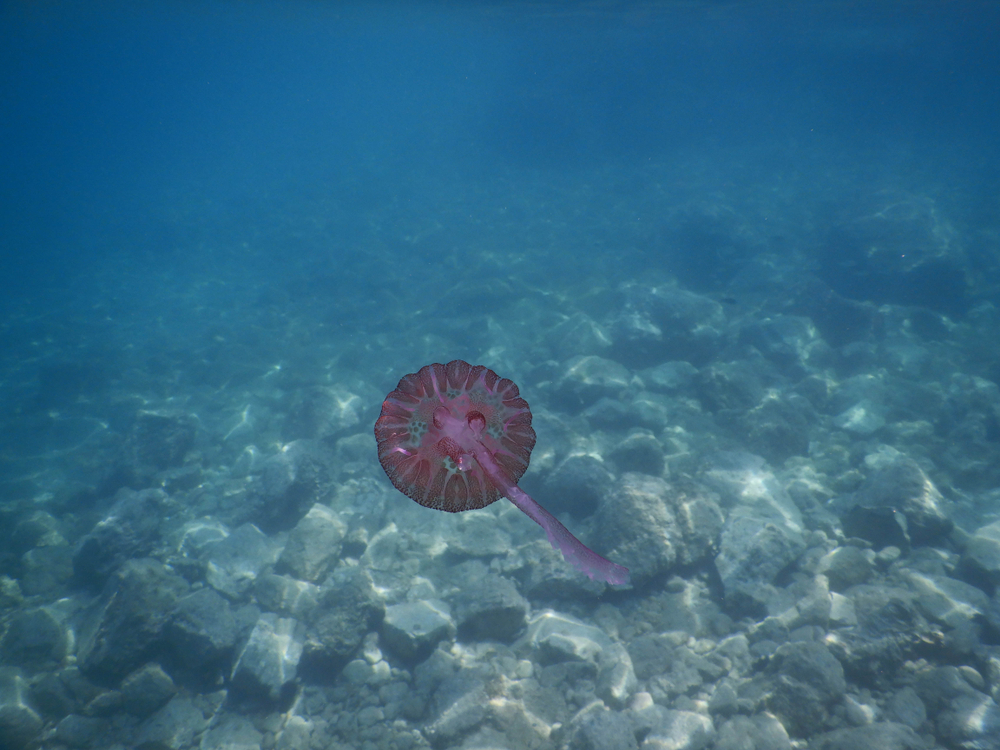
What to do if you are stung by a jellyfish
However, not being scientists in any shape or form we can’t really comment on the cause of this unpleasant seawater infestation, but what we can do is give you some good advice on what to do if you unfortunately do get stung by one of the little devils. Or big devils as well actually, as they come in all shapes and sizes and some are far more poisonous than others.
So be vigilant before going into the sea, listen to warnings via local news and know what to do if you or someone you are with is stung, but most of all: enjoy the beach!
Helpful information and advice regarding jellyfish stings:
The symptoms
General: very intense pain, intense stinging sensation, itching and rash
Severe: nausea, vomiting and diarrhea, abdominal pain, muscle spasms and numbness
Extreme: problems with breathing, falling into a coma
What happens when a jellyfish stings you?
In essence a jellyfish sting is akin to a thousand needles injecting you with poison simultaneously. Their tentacles have millions of lances that latch onto the skin, and they then release venom that is contained in miniscule sacs.
Should someone call the doctor?
You should call for medical attention in the following instances:
- If the person stung is having trouble breathing
- If the person stung is very young or in their later years
- If the person has been stung several times
- If the jellyfish came into contact with the person’s mouth
The Urine Myth
There is a general myth that if someone is stung by a jellyfish the pain can be relieved by applying urine to the sting, no doubt perpetuated by a famous and hilarious episode of the TV programme Friends that aired in the 1990s.
This is however untrue and research has shown that the best substance to pour onto a jellyfish sting is in fact vinegar.
What steps should you take?
- Douse sting with vinegar if available
- Get a friend with a pair of tweezers
- Make sure your friend wears protective gloves!
- Remove the tentacles with tweezers
- Sooth stung area with more vinegar
- Seek medical help if symptoms are severe
DO NOT!
- Brush or rub your skin
- Apply ice or cold water
- Pour alcohol on the sting
The Jellyfish app
The jellyfish invasion has become such a concern in certain parts of southern Europe that a special app has been developed called MEDJELLY to assist with the problem. MEDJELLY monitors the presence of jellyfish in certain areas of the Spanish coastline and provides information on different types of the see-through marine creatures and how to treat their stings.
In areas not covered by the useful app swimmers and paddlers need to keep a sharp eye out and take note of local community announcements.